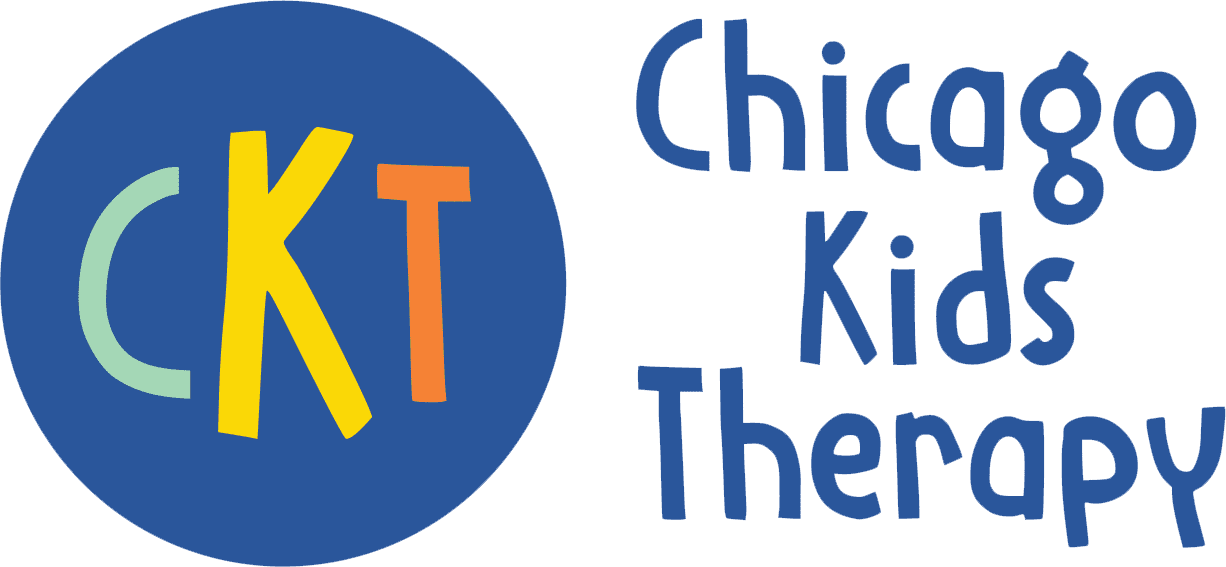Body Positioning & Ergonomics
What is it?
Body positioning and ergonomics are a key aspect
of a child’s development as they relate to the
appropriate head and body alignment, success
with activity performance, and are involved
in responding properly to the environment.
Conditions such as torticollis and scoliosis affect
alignment, which can cause pain, functional
impairments, and delayed development.
Why is this important?
A vital part of learning and development starts
with setting a child up for success. Often,
improper body mechanics or positioning leads
to a poor setup resulting in significantly reduced
likelihood to complete an activity effectively.
Sometimes a certain body position may be caused
by an anatomical deformity that is not easily
changeable, but in other cases the way a child
chooses or is accustomed to position oneself may
be more modifiable with the right instruction.
What are some signs of challenges in this area?
Some visible and tangible signs of poor positioning include a flat spot on your child’s head, observing your
child move asymmetrically such as tilting to one side or walking unevenly, and “W” sitting. These examples all
demonstrate the causes and effects of adverse positioning that can lead to pain, skeletal or muscular deformities,
and functional deficits. Diagnoses like idiopathic toe walking may be instigated by poor positioning though a
behavioral component may also be involved. Observe your child in all types of positions – lying on his or her
back and stomach, on hands and knees, sitting, standing, walking, etc. – and compare their movements to
other children at that age. If something is considerably different, some degree of poor body mechanics may be
responsible.
How can PT help?
Physical therapists are experts in both static and dynamic movement. They will be able to observe your child in
multiple positions or during activities and determine what may be causing the symptoms or functional deficits
with which your child struggles. During physical therapy, you may be educated about the beneficial versus
detrimental use of certain equipment and how that may lead to faulty positioning. You may also learn handling
techniques to help treat and prevent current deficits caused by muscular or joint impairments. You and your child
may be instructed in the use of adaptive devices or orthotics as needed to assist in proper positioning. Whatever
the cause of the problem, participation in an individualized physical therapy program will provide your child with
the opportunity to both achieve and maintain favorable and healthy postures at rest and during activities.
